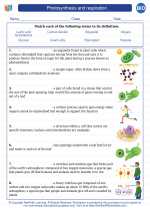Wildlife
Wildlife refers to all living organisms that are not domesticated and exist in their natural habitat. This includes a wide variety of plants, animals, fungi, and microorganisms that play crucial roles in maintaining the balance of ecosystems.
Types of Wildlife
Wildlife can be categorized into various types based on their characteristics and habitats:
- Terrestrial Wildlife: This includes land-dwelling organisms such as mammals, reptiles, birds, and insects.
- Aquatic Wildlife: This encompasses organisms that live in water bodies, including fish, amphibians, marine mammals, and aquatic plants.
- Aerial Wildlife: These are organisms that primarily live and travel through the air, such as birds, bats, and flying insects.
- Endangered Species: These are wildlife species that are at risk of extinction due to various factors, including habitat loss, pollution, and climate change.
Importance of Wildlife
Wildlife plays a crucial role in maintaining the ecological balance and providing various benefits to human society, including:
- Biodiversity: Wildlife contributes to the diversity of life forms on Earth, which is essential for the stability of ecosystems and the overall health of the planet.
- Ecosystem Services: Wildlife provides essential services such as pollination, seed dispersal, pest control, and nutrient cycling, which are vital for the functioning of ecosystems.
- Economic Value: Many wildlife species contribute to industries such as ecotourism, agriculture, and pharmaceuticals, generating economic benefits for communities.
- Cultural Significance: Wildlife holds cultural and spiritual significance for many societies, serving as symbols, sources of inspiration, and traditional knowledge.
Conservation of Wildlife
Due to various threats such as habitat destruction, poaching, and climate change, the conservation of wildlife is essential to ensure their survival and the preservation of ecosystems. Conservation efforts include:
- Habitat Protection: Establishing protected areas and wildlife reserves to safeguard natural habitats from human encroachment and development.
- Anti-Poaching Measures: Implementing laws and enforcement to combat illegal hunting and trade of wildlife species.
- Education and Awareness: Raising awareness about the importance of wildlife conservation and promoting sustainable practices among communities.
- Research and Monitoring: Conducting scientific studies to understand wildlife populations and ecosystems, and using data to inform conservation strategies.
Study Guide
When studying wildlife, it's important to consider the following key topics:
- The classification and characteristics of different wildlife species.
- The ecological roles and interactions of wildlife within their respective ecosystems.
- The factors contributing to the decline of wildlife populations and the importance of conservation efforts.
- The ethical considerations and cultural perspectives related to wildlife management and conservation.
Additionally, practical field experiences, such as wildlife observation, habitat surveys, and participation in conservation projects, can provide valuable insights into the study of wildlife.
.◂Biology Worksheets and Study Guides High School. Photosynthesis and respiration
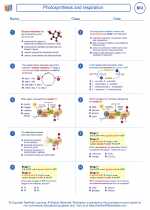
 Worksheet/Answer key
Worksheet/Answer key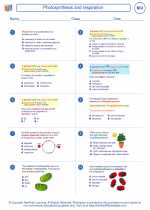
 Worksheet/Answer key
Worksheet/Answer key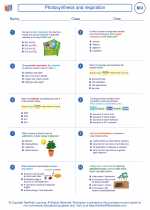
 Worksheet/Answer key
Worksheet/Answer key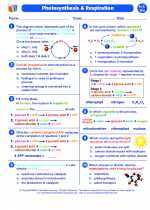
 Vocabulary/Answer key
Vocabulary/Answer key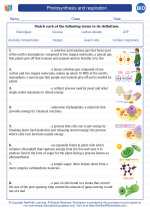
 Vocabulary/Answer key
Vocabulary/Answer key